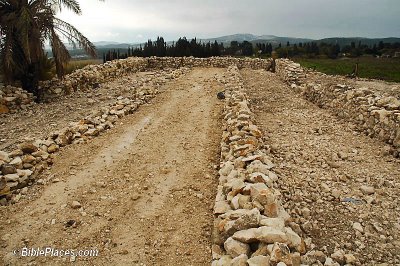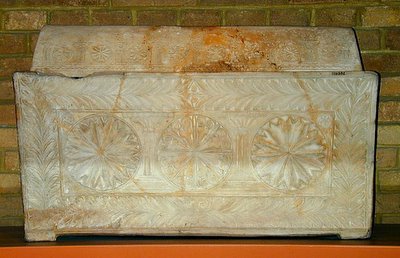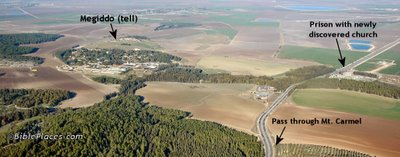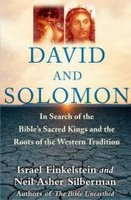Since excavations began again at Megiddo in 1994, various improvements have been made to the site. These include a modest reconstruction of the northern palace and stables area as well as signs at the major structures around the tell. The latest work is the reconstruction of a single Israelite tri-partite building on the south side of the tell. This should make it easier to explain these buildings to visitors, as until now little could be clearly seen except for some mangers and tethering posts. This photo shows how the building looked in mid-January.

The American excavators identified these buildings as “Solomon’s stables.” Since that time, the stratigraphy has been clarified and most believe these are from the time of Ahab. Scholars do not agree on the function of these buildings, with some holding to the original identification and others insisting they were storehouses. It is one of the most controversial issues in “biblical archaeology” and it is especially surprising that archaeologists cannot agree because so many of these buildings have been found all over the country. Studying the issue out is quite interesting, but if you just want to know the answer, you came to the right place.
Stables.


